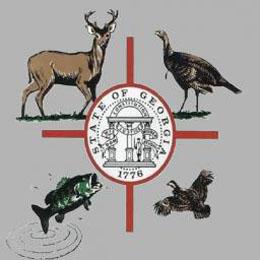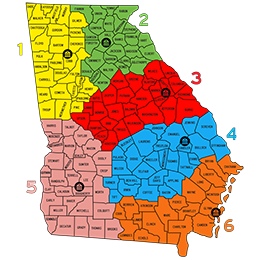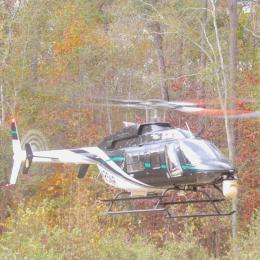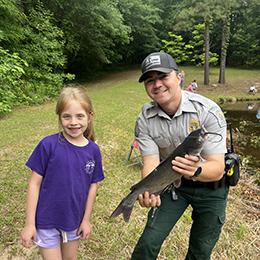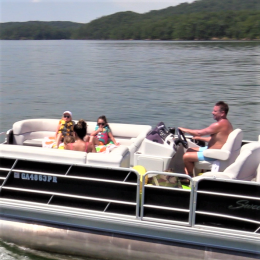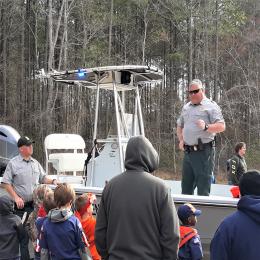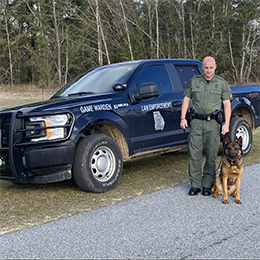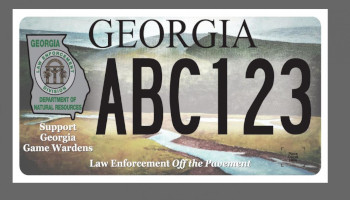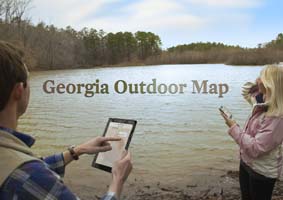
Best fishing practices for recreational saltwater fishing are guidelines and techniques designed to ensure the sustainability of fish populations, protect marine ecosystems, and enhance the fishing experience. These practices promote responsible angling and conservation. Key elements include:
- Use Appropriate Gear
- Circle Hooks: Use non-offset circle hooks to reduce deep hooking and increase survival rates for released fish.
- Barbless Hooks: Consider barbless hooks for easier hook removal.
- Proper Tackle: Match your tackle to the size of the targeted species to minimize stress during capture.
- Catch and Release Best Practices
- Minimize Handling: Wet your hands or use a wet towel to handle fish to prevent removing their protective slime.
- Quick Release: Limit the time the fish is out of water and return it to the water as quickly as possible.
- Revive Fish: Gently hold the fish in the water until it is strong enough to swim away on its own.
- Follow Regulations
- Know the Rules: Familiarize yourself with size limits, bag limits, and seasons for the area where you are fishing.
- Respect Protected Species: Avoid targeting or mishandling endangered or protected species.
- Avoid Habitat Damage
- Anchor Responsibly: Avoid anchoring on sensitive habitats like coral reefs or seagrass beds.
- Use Ethical Practices
- Harvest Responsibly: Only keep what you intend to eat, staying well within the legal bag limits.
- Dispose of Waste Properly: Avoid leaving fishing lines, hooks, or other debris that could harm marine life.
- Be Aware of Local Conservation Efforts
- Participate in programs like tagging or citizen science initiatives to contribute to the understanding and conservation of marine species.
By following these best practices, anglers contribute to the health of marine ecosystems and ensure that future generations can enjoy the benefits of recreational saltwater fishing.
Gear Requirements for South Atlantic federal waters
Federal regulations requires certain fishing conservation tools be onboard and ready to use when fishing for snapper-grouper species in South Atlantic federal waters, which extend from three to 200 nautical miles off Georgia's coast. This requirement applies to recreational, for-hire, and commercial vessels.
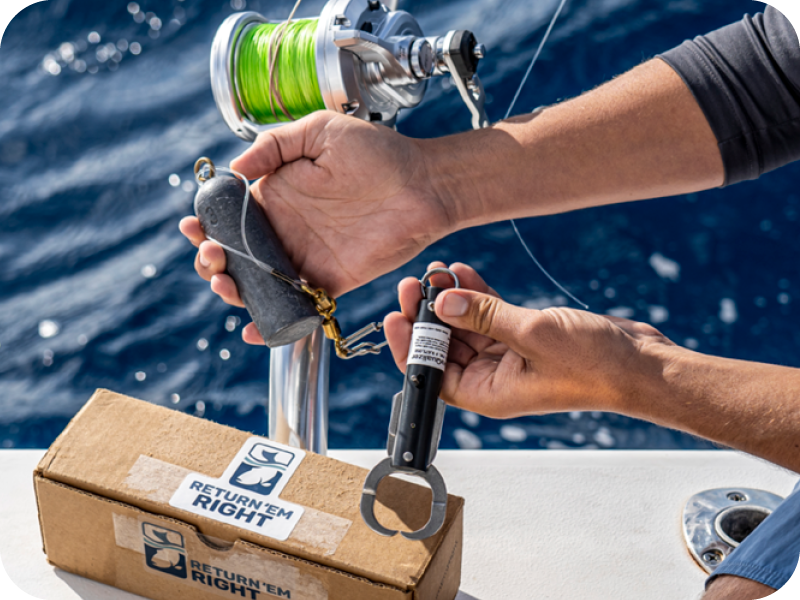
Descending Devices
A descending device must be on board any recreational, for hire, and commercial vessel fishing for or possessing snapper grouper species and is required to be readily available. To be considered readily available, this device must be attached to a minimum of 16 oz of weight and 60 feet of line. A descending device still in the package or in the console does not qualify as readily available. Getting fish back to depth quickly is key to their survival.







